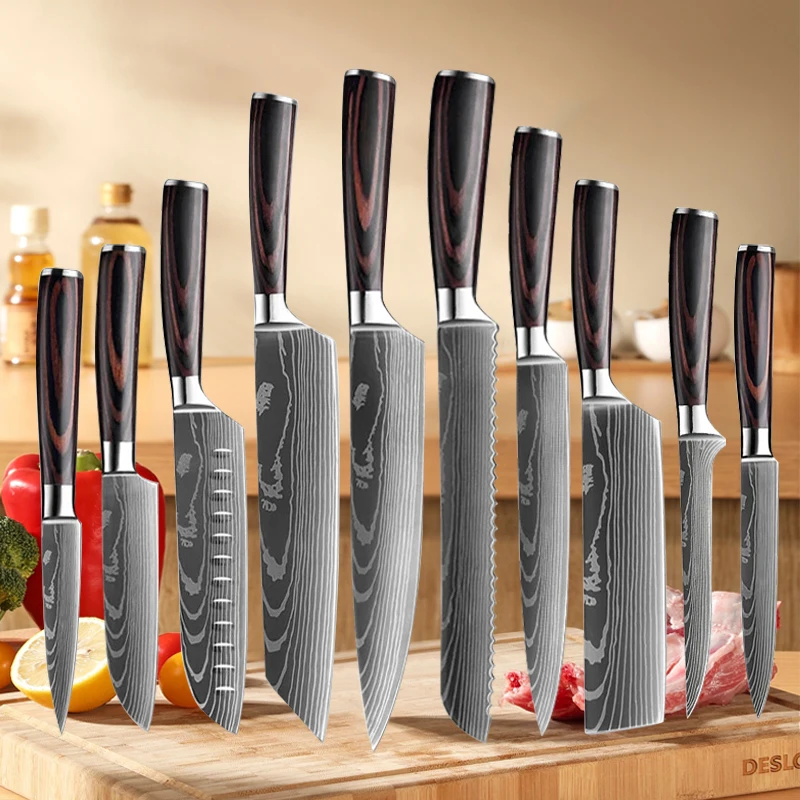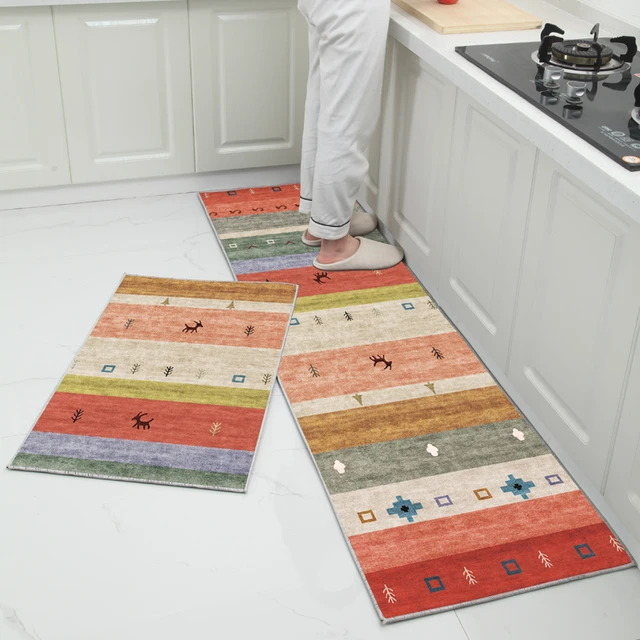At what temperature should you drip faucets?
Winter brings its charm with snowflakes, cozy fires, and holiday cheer. However, it also brings the challenge of keeping your home’s plumbing safe from freezing. One common preventive measure is to drip faucets during cold spells. But at what temperature should you drip faucets to prevent your pipes from freezing? This article delves into at what temperature should you drip faucets and the best practices, providing you with valuable insights and tips.
 Understanding Why Pipes Freeze
Understanding Why Pipes Freeze
Pipes freeze when the water inside them turns into ice. This usually happens when the temperature drops below 32 degrees Fahrenheit (0 degrees Celsius). Frozen water expands, putting pressure on the pipes, and can cause them to burst. This results in flooding and water damage, which can be costly to repair. Therefore, understanding and preventing pipe freezes is crucial.
The Ideal Temperature to Drip Faucets
So, when is it necessary to drip your faucets? Generally, homeowners are advised to drip faucets when the outside temperature drops below 20 degrees Fahrenheit (-6 degrees Celsius). At this temperature, pipes—especially those in unheated or poorly insulated areas—are at significant risk of freezing. Dripping the faucets helps relieve pressure and keeps water moving, making it less likely to freeze.
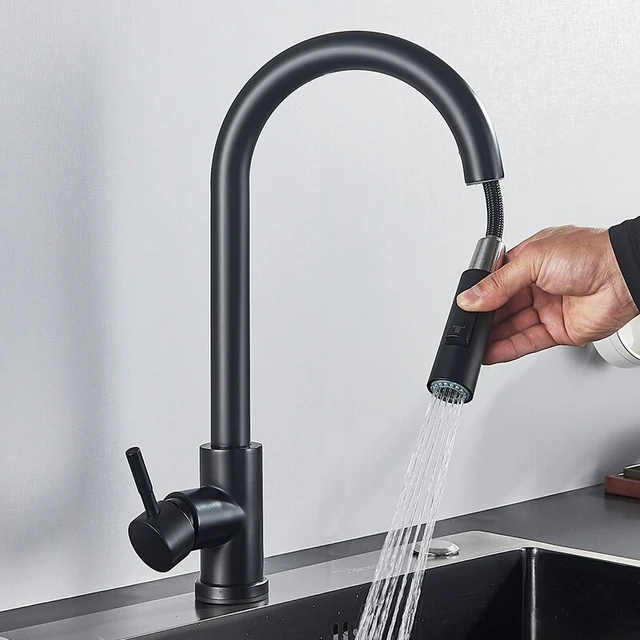 Factors Influencing the Need to Drip Faucets
Factors Influencing the Need to Drip Faucets
Several factors can influence when you need to drip your faucets:
- Pipe Location: Pipes located in uninsulated or poorly insulated spaces, like attics, basements, or exterior walls, are more prone to freezing.
- Insulation Quality: Well-insulated homes are less likely to experience pipe freezes, even at lower temperatures.
- Duration of Cold Spells: Prolonged exposure to freezing temperatures increases the risk. Even if temperatures are slightly above 20 degrees Fahrenheit, a long cold snap can still pose a threat.
- Wind Chill: High winds can lower the temperature around the pipes, thus requiring preventive measures earlier.
How to Drip Faucets Effectively
Dripping faucets is a simple yet effective technique, but it needs to be done correctly for maximum benefit.
- Start Early: Begin dripping faucets as soon as the temperature approaches the critical point. This could be 24 to 48 hours before the severe cold to ensure that your pipes are well-prepared.
- Let Both Hot and Cold Water Drip: Allow both hot and cold water to drip. This should be done even if you believe that only cold water freezes. Both lines must be in motion because frozen lines can affect hot water pipes as well.
- Choose the Right Faucets: Target faucets that are furthest from where water enters your home. This helps ensure water moves through the entire plumbing system.
- Maintain a Steady Flow: A steady drip is sufficient; however, make sure it is continuous. A stream slightly thicker than a pencil lead should do the trick.
 Additional Measures to Prevent Pipe Freezing
Additional Measures to Prevent Pipe Freezing
While dripping faucets is an effective measure, it’s not the only thing you can do to protect your pipes. Here are additional steps:
- Insulate Pipes: Use pipe insulation materials on vulnerable pipes, especially those in unheated areas.
- Seal Cracks and Openings: Ensure that all cracks and openings around doors, windows, and foundations are sealed. This prevents cold air from coming in and lowering temperatures around your plumbing.
- Maintain Indoor Heating: Keep your thermostat set to the same temperature during day and night. Lowering the heat during the night can increase the risk of freezing.
- Open Cabinets: Open kitchen and bathroom cabinet doors to allow warmer air to circulate around plumbing, especially in cases where plumbing is on an exterior wall.
- Heat Tape: Apply heat tape or similar products to pipes. This can be an effective way to provide consistent warmth to susceptible areas.
Post-Cold Snap: What to Do?
Once the brutal cold has passed and temperatures start climbing, you should:
- Inspect Pipes: Check all exposed pipes for signs of freezing. Look for frost, and feel for unusual cold spots.
- Check for Leaks: Turn off dripping faucets and inspect them for leaks. Burst pipes may not immediately leak but could after a thaw. Early detection can save you from further damages.
- Gradually Turn Off Heat Tape: If you used heat tape, gradually reduce its temperature before turning it off. This ensures that your pipes don’t undergo thermal shock.
Common Myths and Misconceptions
A lot of advice circulates around the topic of dripping faucets, some of which is misleading. Let’s clear up a few common myths:
- Only Drip Cold Water: As previously mentioned, it is crucial to drip both hot and cold water to prevent pressure buildup in both lines.
- Dripping Isn’t Necessary Above Freezing: While 32 degrees Fahrenheit is the freezing point, prolonged exposure to slightly higher temperatures can still pose risks, especially if the wind chill factor is significant.
- You Need a Strong Stream: A small, consistent drip is enough. A strong stream does not significantly improve protection and wastes more water.
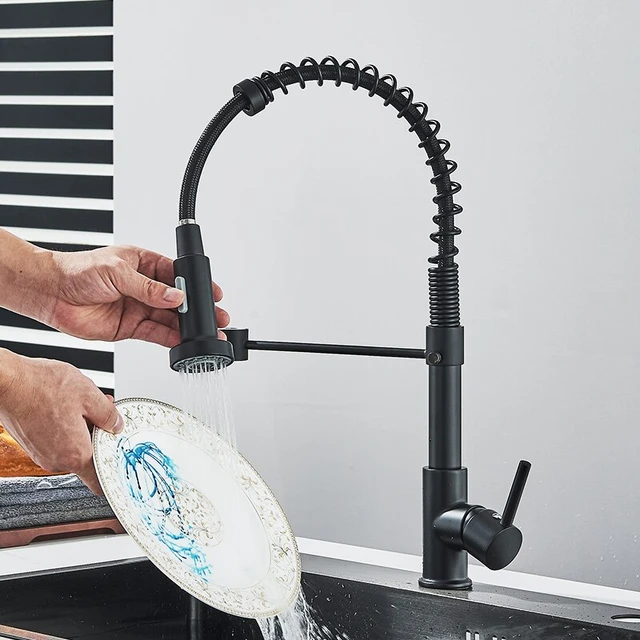 The Cost-Benefit Consideration
The Cost-Benefit Consideration
Some homeowners worry about the cost of dripping faucets—both in terms of water waste and increased water bills. However, the cost is negligible compared to the potential expense of repairing burst pipes and water damage. A dripping faucet might waste a gallon of water overnight, but the financial benefits of preventing pipe bursts are enormous. In most regions, water costs are relatively low compared to repair costs from potential damage.
Special Considerations for Different Types of Homes
- Vacation Homes: For properties that aren’t occupied during the winter months, consider draining the water system entirely. This prevents any water left in the pipes from freezing.
- Mobile Homes: These homes are particularly susceptible to pipe freezing due to their lightweight construction. Skirting around the home can provide an added layer of insulation, and using space heaters in crawl spaces can also be beneficial.
- Older Homes: Older homes often have less efficient insulation. Extra vigilance and multiple preventive measures are usually necessary.
Dripping faucets, although typically seen as a problem that needs fixing, have also inspired a range of innovative solutions and trends in the plumbing and home improvement industries. Here are some current trends and solutions related to dripping faucets:
1. Smart Faucets
Description: Faucets equipped with smart technology to provide enhanced control and water conservation.
- Pros: Can detect leaks and notify homeowners through connected apps, allows for precise control of water usage, touchless operation reduces wear and tear on handles.
- Trend: Growing interest in smart home devices has led to an increase in the adoption of smart faucets that can monitor and prevent leaks.
2. Water-Saving Designs
Description: Faucets designed to reduce water waste.
- Pros: Aerators and flow restrictors help conserve water, compliance with WaterSense certification for efficiency, contributes to lower water bills.
- Trend: Environmental consciousness and the desire to reduce water consumption are driving the popularity of water-efficient faucet designs.
3. Durable Materials and Finishes
Description: High-quality materials and finishes that resist wear and corrosion.
- Pros: Longer-lasting components reduce the frequency of leaks, finishes like stainless steel and brass are more durable, ceramic disc valves offer superior performance.
- Trend: Homeowners are investing in faucets made from robust materials that promise longevity and reliability, minimizing issues like dripping.
4. Easy Repair and Maintenance Features
Description: Faucets designed for straightforward repair and maintenance.
- Pros: Quick-change cartridges and modular components make repairs easier, DIY-friendly solutions, reduced need for professional plumbing services.
- Trend: Design improvements aimed at facilitating easy repairs are becoming more popular, helping homeowners address dripping issues without extensive labor or expense.
5. Retrofits and Upgrades
Description: Kits and solutions to upgrade existing faucets.
- Pros: Retrofit aerators and flow control devices can reduce drips, easy to install without replacing the entire faucet, cost-effective for addressing older faucets.
- Trend: Demand for retrofit solutions is increasing as homeowners look to upgrade their existing fixtures without a full replacement.
6. Touchless Faucets
Description: Faucets operated by sensors, reducing physical contact.
- Pros: Eliminates the need to touch handles, reducing wear and tear, hygienic benefits, decreases the likelihood of leaks from worn-out handles.
- Trend: Touchless technology is gaining popularity in both residential and commercial settings, driven by health concerns and convenience.
7. Professional Maintenance Services
Description: Scheduled maintenance services offered by plumbing professionals.
- Pros: Regular inspections catch issues like leaking before they become significant, professional repairs ensure longevity, peace of mind for homeowners.
- Trend: An increasing number of homeowners are opting for maintenance plans from professional plumbers to proactively address issues like dripping faucets.
8. Stylish Yet Functional Design
Description: Faucets that balance aesthetic appeal with functionality.
- Pros: Designer faucets that incorporate both style and advanced functionality, seamless integration with the overall kitchen or bathroom decor, functional design elements that prevent leaks.
- Trend: The market is seeing a rise in faucets that are not only visually appealing but also designed to minimize common issues like dripping through better engineering.
9. Sustainable and Eco-Friendly Options
Description: Eco-conscious faucet options that focus on sustainability.
- Pros: Made from recycled or sustainable materials, designed to last longer and reduce replacement frequency, endorsed by environmental certifications.
- Trend: The push for sustainable living practices is driving the popularity of eco-friendly faucets that help prevent water waste.
10. Educational Initiatives
Description: Programs and campaigns to educate homeowners about faucet maintenance.
- Pros: Increased awareness about how to maintain and repair faucets, tips for identifying early signs of leaks, empowerment to undertake minor repairs.
- Trend: Educational initiatives from manufacturers, utilities, and environmental organizations are helping homeowners prevent and address dripping faucets more effectively.
While dripping faucets are often seen as a common household nuisance, advancements in faucet technology and design are offering effective solutions to this issue. From smart faucets and water-saving designs to durable materials and touchless operation, modern faucets are becoming more efficient and easier to maintain. Environmental awareness and the desire for stylish, functional designs are also driving trends in this space. Addressing dripping faucets with these new trends not only enhances convenience but also contributes to water conservation and long-term sustainability.
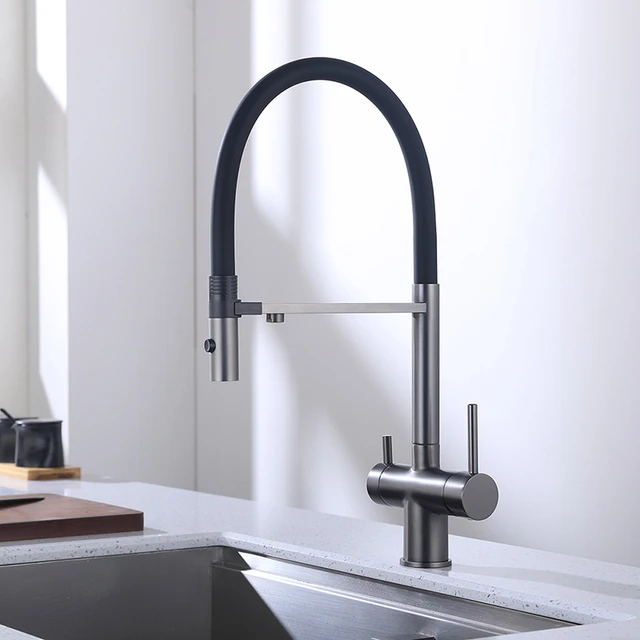 Conclusion-at what temperature should you drip faucets
Conclusion-at what temperature should you drip faucets
Dripping faucets is a simple and effective measure to prevent pipes from freezing during cold weather. The ideal temperature to start dripping faucets is around 20 degrees Fahrenheit (-6 degrees Celsius), although other factors might necessitate earlier action. Along with dripping, homeowners can implement additional protective measures like insulation and maintaining steady indoor heating to safeguard their plumbing systems. Remember, a small preventive step can save you from significant inconvenience and expense caused by burst pipes. Stay vigilant, implement these tips, and enjoy a worry-free winter!

